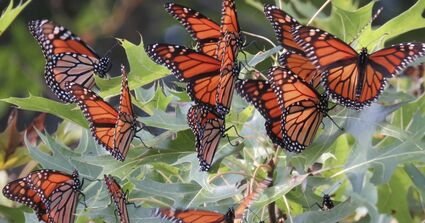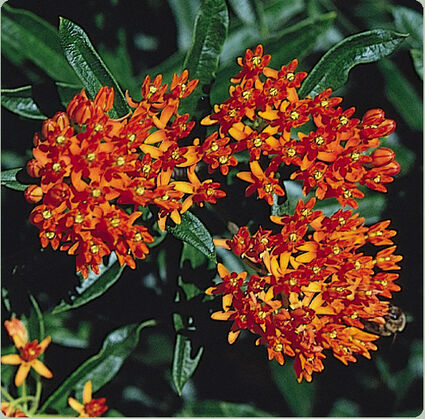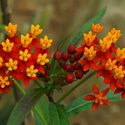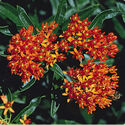Monarch Butterflies: Endangered Species "Red List"
Last updated 8/2/2022 at 2:05pm
Gardeners, typically I refrain from being the harbinger of sad news but on July 21st, 2022, the IUCN classified one of our most majestic butterflies, as an endangered species and added them to the endangered species "red list." For me to understand exactly what this means, and to gain a better understanding of adding a species to the endangered species red list, I did some digging (pun intended), to find out more about the IUCN and what it is they do as an organization, including adding an endangered species to the red list.
Founded in 1964, the International Union for Conservation of Nature (IUCN) is a network of public, private and nonprofit organizations working together to conserve nature worldwide. According to the IUCN, they are the world's most comprehensive inventory of the global conservation status of all known biological species. There are seven levels of classification for endangered species: least concern, near threatened, vulnerable, endangered, critically endangered, extinct in the wild, and extinct. The Red List of Threatened Species, known as the IUCN Red List, utilizes precise criteria and a standardized assessment approach to evaluate the extinction risk of thousands of species and subspecies. By listing the monarch butterfly on the "red list" draws attention to its status and highlights areas where more research is needed to better understand factors contributing to its decline.
On question you might ask yourself, what are the main factors threatening monarchs? There are many factors contributing to monarch butterfly's decline. The Xerces Society for Invertebrate Conservation states one of the most serious threats is habitat fragmentation and loss thru urban development and agricultural expansion, both diminish large areas of habitat into smaller, isolated spaces. Habitat erosion reduces areas available where monarchs can find nectar-rich plants for adult butterflies feed upon, or milkweed, monarch caterpillars sole food source. There are multiple other threats as well, such as pesticides, disease, climate change and invasive species.
Over the next couple of months, majestic Monarch butterflies will be migrating thru our area, on their way to South Texas and Mexico. Gardeners, like myself, plant Tropical Milkweed (Asclepias curassavica) in our flower gardens and other random places throughout the landscape for them to feed. Tropical milkweed is an easy plant to source and grows readily in our area. While not native to the United States, it is native to Mexico and can found at local garden centers instead of the milkweed plants which are native to Southeast, Texas such as: Pineland Milkweed (Asclepais obovata), Shore Milkweed (A. perennis), and Butterfly Milkweed (A. tuberosa). Visit "Identification of Milkweeds in Texas" at https://tpwd.texas.gov/publications/pwdpubs/media/pwd_rp_w7000_1803.pdf.
There are simple ways we can all help Monarchs and other beneficial insects:
• Plant native plants and select native flowers which bloom during each season.
• Plant native milkweed for our region of Southeast, Texas.
• Drastically reduce or eradicate the use of chemicals on your property and green spaces,
• Contact your local City Hall to see if your city has guidelines in place preventing toxic runoff to protect our pollinators. Are there guidelines in place for local parks, green spaces, city property, and schools?
• Help to fund and/or maintain new beautification programs, green spaces, native planting experiences, nature hubs, and pollination stations.
• Contribute to scientific knowledge about winter-breeding monarchs by participating in citizen science projects. Project Monarch Health involves volunteers in collecting parasite samples from wild monarchs (monarchparasites.org). Observers receive a report on the infection status of all monarchs they sample. Volunteers can also report observations about winter monarch sightings on Journey North (learner.org/north) and collect detailed information on monarch use of milkweed plants in any season for the Monarch Larva Monitoring Project (mlmp.org).
It was John F. Kennedy who stated, "One person can make a difference, and everyone should try." So, fellow gardeners, let us go out and grow ourselves a greener, more sustainable world, one plant at a time!
If you have specific gardening questions or would like more information, contact the Orange County Master Gardeners Helpline: (409) 882-7010 or visit our website: https://txmg.org/orange, Facebook: Orange County Texas Master Gardeners Association or Email: [email protected].



















Reader Comments(0)